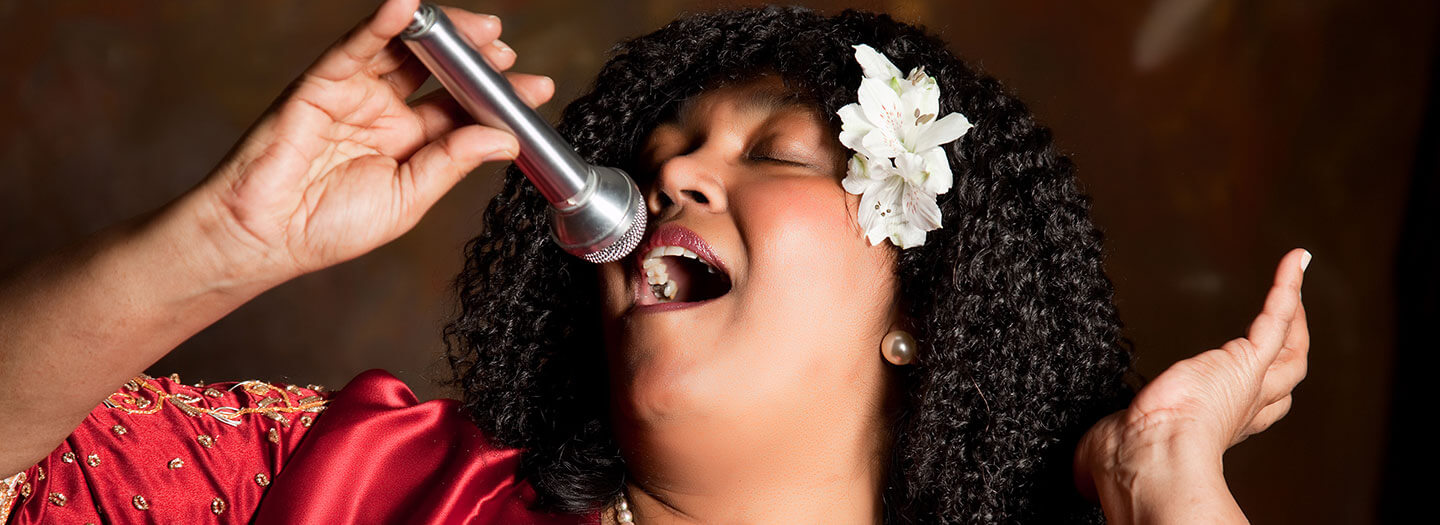
© Anneke/stock.adobe.com
A hundred years ago, the music industry in America was mostly comprised of recordings by White musicians. But, in 1920, Mamie Smith released an instantly popular blues track titled “Crazy Blues.”
According to the Wall Street Journal, her work “sparked a transformation of the music industry and the American soundscape.” She became the first Black artist to make vocal blues recordings in America.
“Occasionally,” writes John Edward Hasse, “a recording comes out and effects a fundamental, historic change.”
Prior to this, America’s soundscape consisted of White musicians making music for their White audiences. As Hasse recounts, “Smith’s recording [opened] a door to the future, enabling Black people to hear their own songs whenever they wanted.”
Smith had a successful career as a singer, dancer, pianist, and actress, and she starred in several films such as Jail House Blues (1929), Murder on Lenox Avenue (1941), and Because I Love You (1943). As a theatrical singer, she sang in a variety of styles, including jazz and blues. She died in New York in 1946 at the age of fifty-five, remaining to this day a critical figure in the history of American music.
Other Black female artists made their appearances on America’s musical landscape after the release of “Crazy Blues,” such as Connee Boswell of The Boswell Sisters in 1925 and Ella Fitzgerald in 1933. Both credited Smith as an influencer of their styles. The blues birthed jazz, then later rock, and so forth, ushering in the mass of subgenres available to us today.
Thousands of differing voices, album covers with faces of every ethnicity, billions of stories, and trillions of songs may have remained unavailable to us if, a hundred years ago, the American public had refused to diversify the content of our recorded music.
What are you listening to?
As twenty-first-century Americans, how can we broaden our understanding of the cultures and subcultures around us?
The history of the last century, with its leaps in musical creativity, teaches us that diversity is necessary, if we would only listen to a new sound and advocate for it—even if it doesn’t sound like music we’re used to.
Art is an expression of a community’s culture, and thus has inherent value in our pursuit to understand one another more deeply.
Pause and consider: Do you tend to consume the art of those who look and sound the way you do?
If not, you could start by paying attention to a culture’s various expressions of art, being careful not to dismiss voices because of your own presuppositions or preferences.
Instead, let’s be sure to give everyone a “stage” in our musical landscapes, just as Mamie Smith and the revolutionary African American artists of the early twentieth century were given their platform a hundred years ago.
We know that the Great Commision means to go into all the world. Our world isn’t just made up of countries; it’s comprised of cultures within those countries.
Culture is embedded in its art. To learn to love a people group, we should consider learning to value its various forms of expression.
By listening and partaking in different musical traditions, we might find that we’re extending love and grace by simply listening and seeking to understand.
Perhaps, in such a time as ours, it’s more important than ever for us to ask ourselves this question: What am I listening to today?











